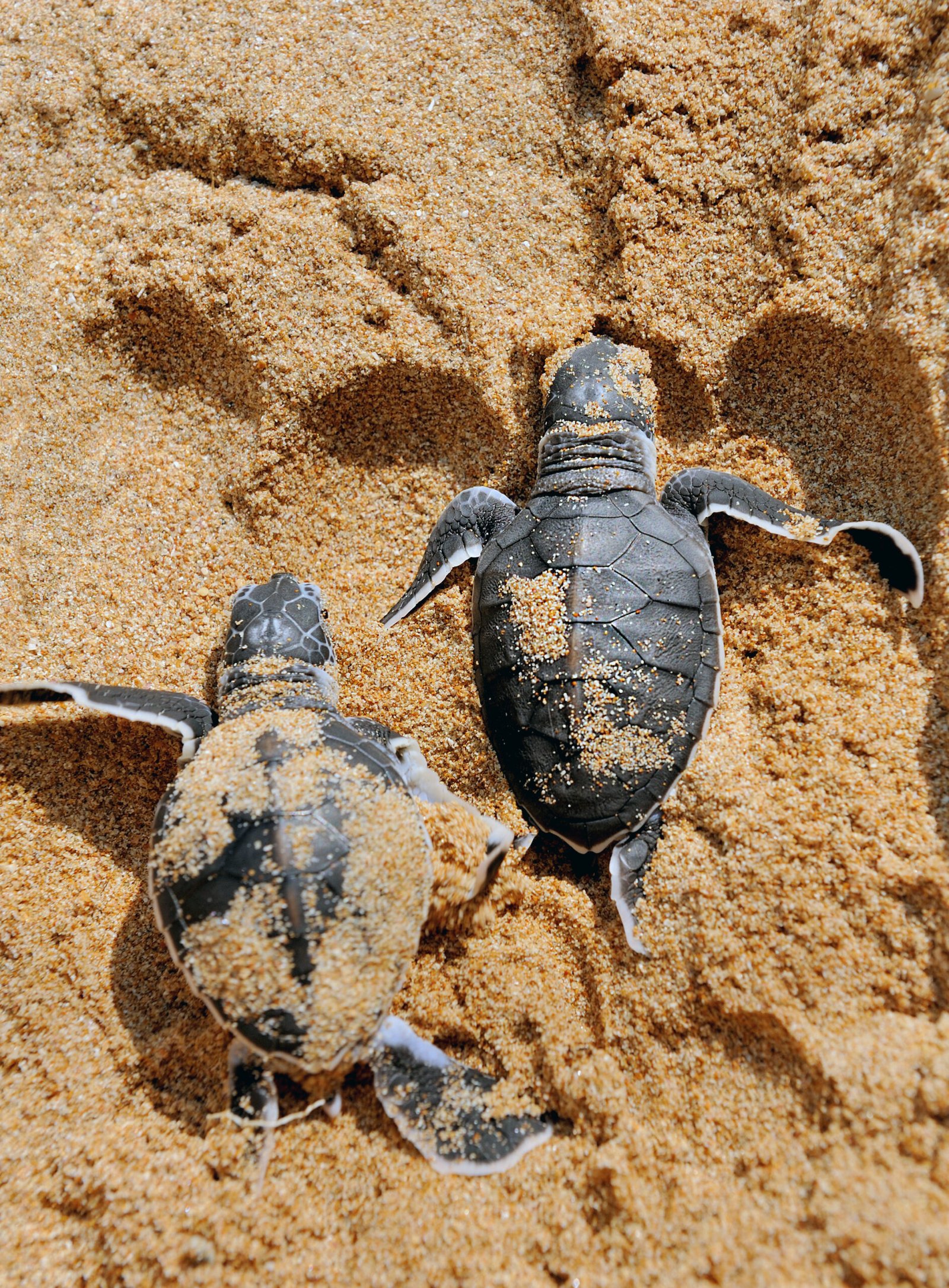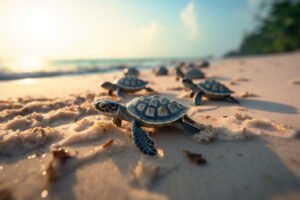When you think of turtles, slow movement and hard shells might be the first things that come to mind. But there’s so much more to these ancient reptiles than meets the eye. Turtles Facts from breathing through their butts (yes, seriously!) to navigating oceans with an internal GPS, turtles are full of fascinating surprises.
In this article, we’re diving into 10 mind-blowing turtle facts that go beyond the basics—each one is backed by science and sure to change the way you see these incredible creatures.
1. Turtles Have Been Around Since Before Dinosaurs
Turtles Facts It’s hard to believe, but turtles have been on Earth for over 200 million years, making them older than snakes, crocodiles, and even dinosaurs. These evolutionary survivors first appeared during the Triassic period and have withstood mass extinctions, climate shifts, and the rise of humans. If resilience had a mascot, it would definitely be the turtle.
SEO keywords: turtle facts, ancient reptiles, evolution of turtles

2. Some Turtles Breathe Through Their Butts (No Joke)
Turtles Facts this one sounds bizarre, but it’s absolutely true. Certain species, like the Fitzroy River turtle in Australia and the Eastern painted turtle in North America, can breathe through a part of their body called the cloaca—a multipurpose opening used for excretion and reproduction.
During hibernation, when oxygen levels are low, these turtles absorb oxygen through blood vessels in the cloaca, allowing them to survive underwater for months.
SEO keywords: how do turtles breathe, cloacal respiration, turtle underwater survival
3. Sea Turtles Use Earth’s Magnetic Field as a GPS
Ever wonder how sea turtles can swim thousands of miles and still return to the beach where they were born? Researchers have found that sea turtles use the Earth’s magnetic field to navigate across oceans with shocking precision.
They imprint on the unique magnetic signature of their birthplace and use it like an invisible map, guiding them home decades later to nest and lay eggs.
SEO keywords: sea turtle migration, turtle navigation, magnetic field in turtles

4. A Turtle’s Shell Is Part of Its Skeleton
Turtles Facts despite what cartoons show, turtles can’t come out of their shells—because the shell is literally part of their body. It’s made up of more than 50 bones, including ribs and vertebrae, all fused together. This makes the shell a living, sensitive structure, not just a hard cover.
If a turtle’s shell gets damaged, it’s extremely painful and can be fatal if left untreated.
SEO keywords: turtle shell facts, can turtles leave their shell, turtle anatomy
5. No Teeth, No Problem: Turtles Still Pack a Bite
Turtles may not have teeth, but they make up for it with strong, beak-like jaws. Depending on the species, these jaws are adapted to crush, tear, or slice. Herbivorous turtles can chomp through seagrass, while carnivorous ones like snapping turtles have enough bite power to break bones—or fingers.
This is why handling wild turtles (especially snappers) is best left to professionals.
SEO keywords: do turtles have teeth, turtle bite, snapping turtle behavior
6. Temperature Controls a Turtle’s Gender
One of the most fascinating turtle reproduction facts is that the sex of a baby turtle is determined by the temperature at which the eggs are incubated. Warmer sand produces more females, while cooler temperatures lead to males—a phenomenon called temperature-dependent sex determination (TSD).
With global temperatures rising, some populations are now producing dangerously skewed ratios of females, threatening future diversity.
SEO keywords: turtle sex determination, sea turtle eggs, climate change turtles
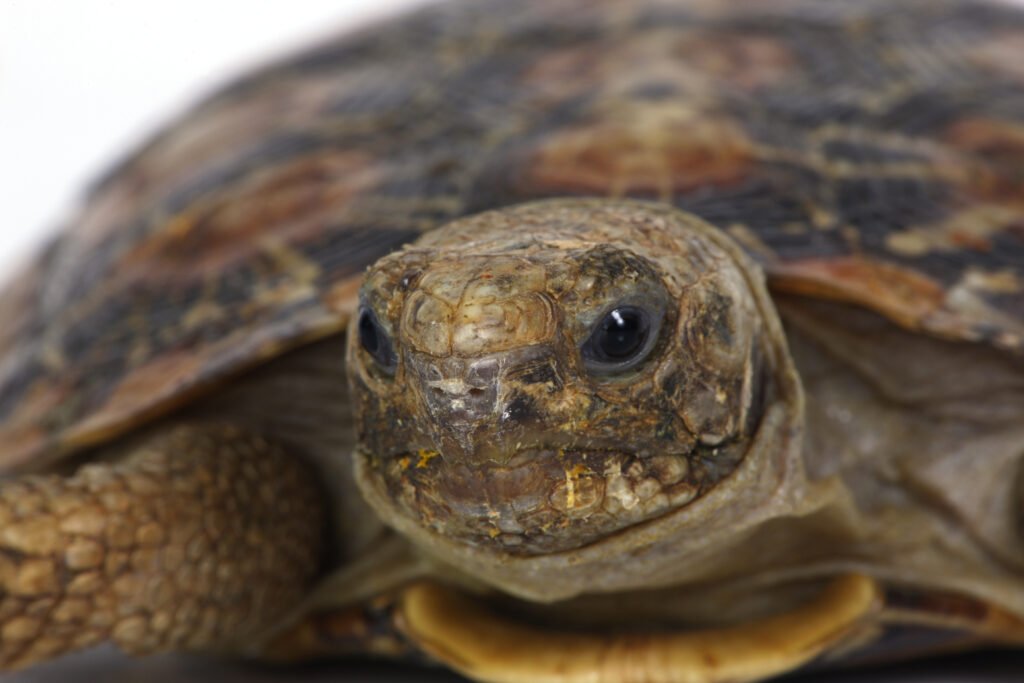
7. Some Turtles Can Live Over 150 Years
Turtles aren’t just old in evolutionary terms—they can also live incredibly long lives. Certain species, like the Aldabra giant tortoise, regularly surpass 150 years. One famous tortoise named Jonathan is believed to be over 190 years old and is still alive today.
Even common pet turtles, like red-eared sliders, can live 20–40 years when cared for properly.
SEO keywords: turtle lifespan, how long do turtles live, oldest turtle in the world
8. Turtles Help Keep Ecosystems Healthy
Turtles are keystone species, meaning their presence supports entire ecosystems. Sea turtles, for example, maintain healthy seagrass beds and coral reefs. Freshwater turtles help control insect and algae populations, while land tortoises spread plant seeds.
Their decline could cause ripple effects throughout both aquatic and terrestrial environments.
SEO keywords: turtle role in ecosystem, importance of turtles, turtle conservation
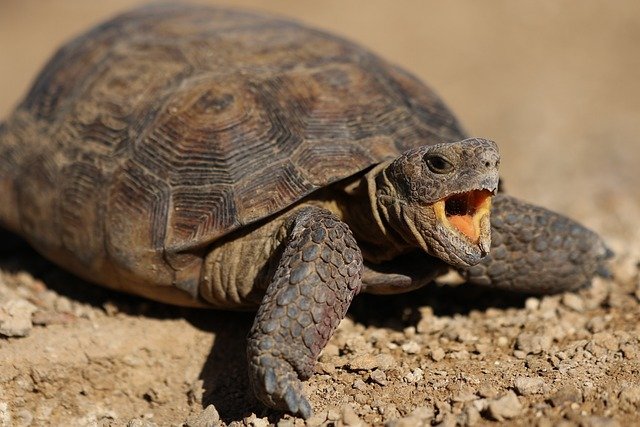
9. Sea Turtles Cry—But Not Because They’re Sad
If you’ve ever seen a female sea turtle laying eggs, you might notice what looks like tears streaming from her eyes. But these aren’t emotional—they’re functional.
Turtles have specialized glands near their eyes that excrete salt, allowing them to survive in salty marine environments. These “tears” also help keep their eyes moist and free from sand during nesting.
SEO keywords: why do sea turtles cry, turtle salt glands, sea turtle nesting behavior
10. Turtles Are One of the Most Threatened Animals on the Planet
Despite their strength and longevity, turtles are in crisis. Over 60% of turtle species are classified as threatened or endangered. Their biggest threats include habitat loss, plastic pollution, climate change, poaching, and bycatch in fishing nets.
Organizations around the world are working to protect turtle nesting sites, clean up beaches, and educate communities—but they need public support to succeed.
SEO keywords: endangered turtle species, turtle conservation, threats to turtles
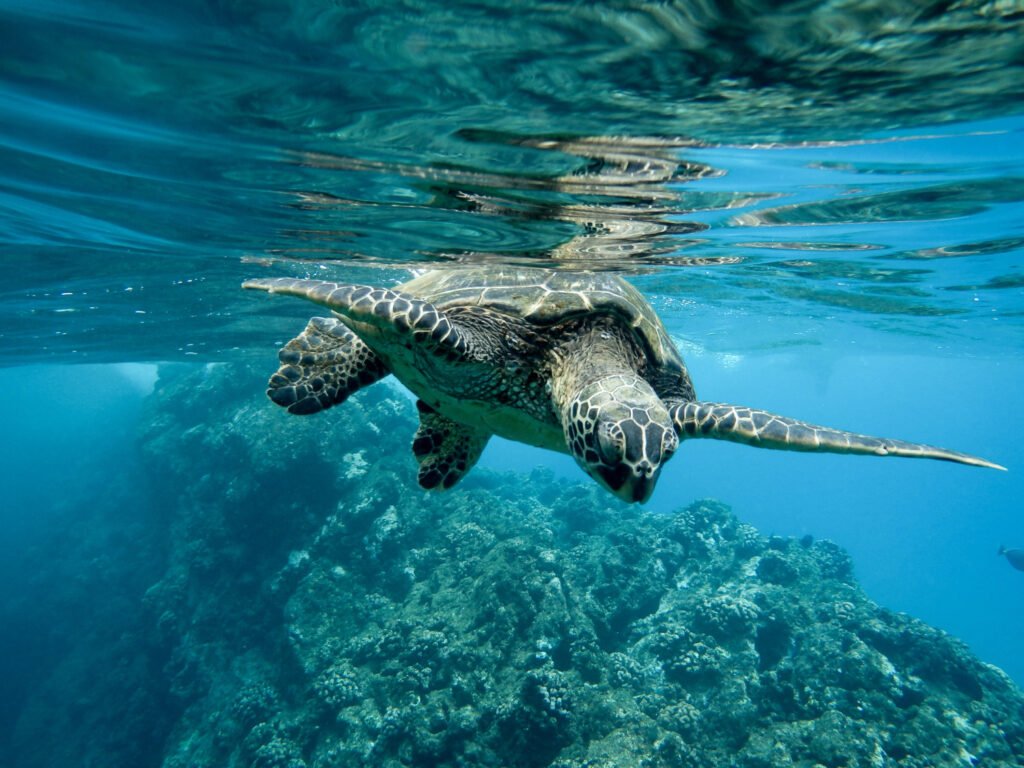
Final Thoughts
Turtles are far more complex and fascinating than most people realize. Whether it’s their prehistoric history, built-in GPS, or the way they cry salt from their eyes, these reptiles are nothing short of extraordinary.
If these turtle facts inspired you, consider supporting a local turtle rescue, reducing plastic waste, or simply sharing this article with fellow nature lovers.
Let’s keep learning and protecting turtles—one fact at a time.

